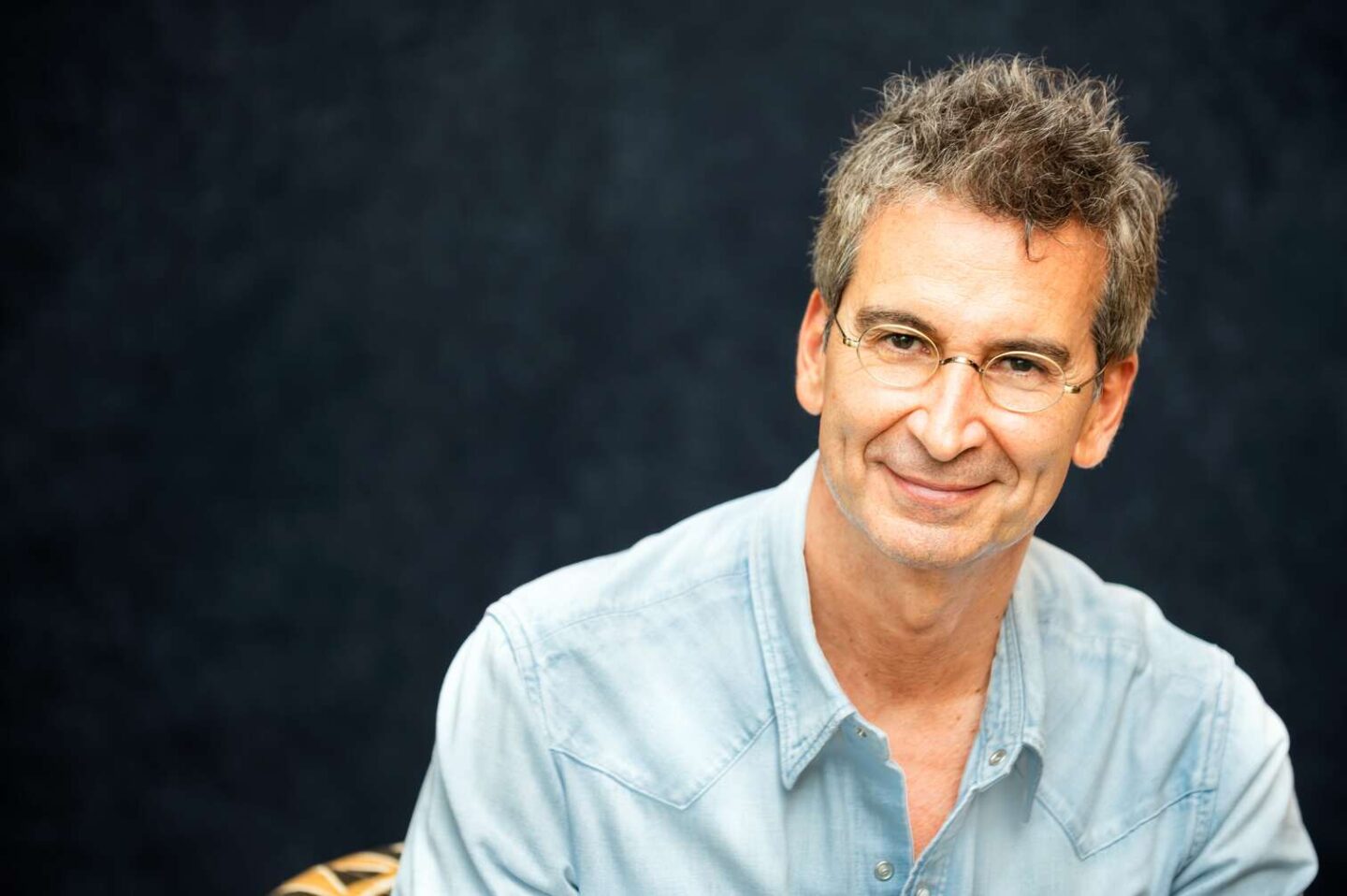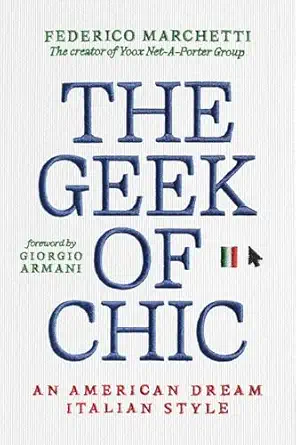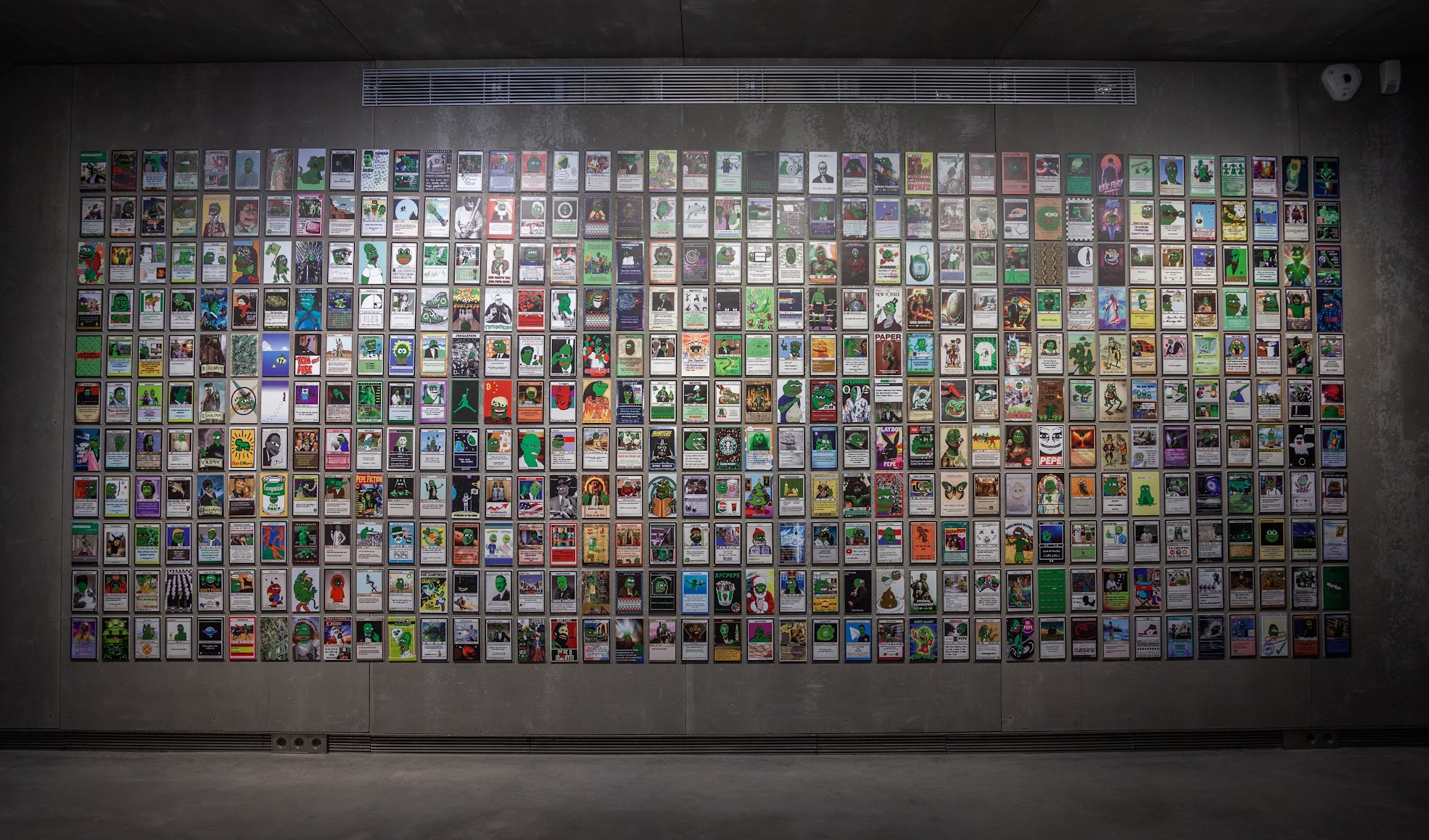
Exclusive Red Carpet Feature · Tanja Bock Magazin
As the founder of YOOX and the driving force behind YOOX NET-A-PORTER, Federico Marchetti pioneered digital luxury long before the wider fashion industry understood its full potential.
From a small Milan apartment with an unreliable computer to building one of the most influential luxury e-commerce platforms in the world, he helped redefine how we discover and experience fashion online. Today, his work sits at the intersection of technology, culture and sustainability. As Chair of His Majesty King Charles III’s Sustainable Markets Initiative (SMI) Fashion Task Force, he is closely involved in regenerative projects such as the Apulia Regenerative Cotton Project in collaboration with Giorgio Armani – proving that luxury can be both visionary and deeply responsible.
For this Red Carpet Feature, Federico reflects on the mindset behind digital luxury, the lessons he learned working closely with Giorgio Armani, the role of curiosity – including a personal Metaverse Fashion Week moment we shared with Roger – and why he believes the future of luxury will be more natural, transparent and regenerative than ever.
Exclusive Q&A with Federico Marchetti
1 — You pioneered digital luxury long before the industry understood its potential. Was there a specific moment that convinced you this was the future you wanted to lead?
FM: Absolutely. It happened in 1999, in a tiny Milan apartment with unreliable heating and a computer that whirred like a jet engine. I realised that luxury would eventually need to live where the customer was going to be – online. There wasn’t a market yet, simply because there was no offer. But I knew the demand would come if I created the offer in a strategic, elegant way.
I believed that technology, when used with refinement, could elevate the luxury experience rather than dilute it. That intuition became YOOX – and, eventually, an industry-wide shift. And yes: once the offer was there, the customer came.
2 — You collaborated closely with Armani, a house rooted in precision, discipline, and timeless elegance. Which part of that experience shaped your own leadership the most?
FM: Giorgio Armani taught me the power of consistency – not rigidity, but principled coherence. He didn’t create products; he built worlds. Observing him showed me that leadership is not about noise; it is about clarity, discretion, and the courage to refine until you reach simplicity.
And the truth is: the simpler you want to appear on the surface, the more complex and sophisticated the work must be behind the scenes – or, in my case, behind the screen!
His discipline shaped my own approach: dream boldly, execute meticulously.
3 — You’ve transformed an entire industry. Was there a belief or mindset you had to let go of in order to keep evolving?
FM: Yes, the belief that speed alone equals progress. I always wanted to be first, because in innovation you often need to deliver ideas before anyone else can even imagine them. In the early digital years, speed was everything.
But working with artisans, scientists, farmers, and global institutions has taught me something different: the most radical innovations can also grow slowly.
Letting go of the “move fast or die” mindset allowed me to embrace multi-generational impact. Ironically, that shift made my work even more transformative.
4 — When we met during the first Metaverse Fashion Week – with Roger helping you set up your ETH address – it captured a very pure moment of experimentation. How important is that spirit of curiosity in how you approach the future today?
FM: Thank you Roger! That moment reminded me that playfulness is essential – even in luxury, and especially in innovation. Curiosity remains my default setting.
Today, my curiosity is more grounded: regenerative agriculture, digital product passports, new education models. But the spirit is unchanged: explore freely, be adventurous, take risks, and never pretend to know everything.
5 — As Chair of King Charles’ SMI Fashion Task Force, what aspect of this responsibility has influenced you most on a personal level?
FM: The sense of stewardship. Working closely with His Majesty, you feel the weight – and privilege – of shaping solutions that outlive you. It’s no longer about quarterly results; it’s about leaving the planet in a better state than we found it.
This role has deepened my commitment to helping people and helping the planet through innovation. And yes, it has also improved my understanding of soil, fibres and compost – not the typical skillset for a digital entrepreneur!
6 — Visionary careers are rarely linear. Was there ever a moment when you questioned your direction – and what helped you regain clarity?
FM: The moment that grounded me most was leaving the company I founded. It felt like stepping off a moving train: exhilarating and terrifying.
Clarity returned when I asked myself a simple question: What impact do I want to have next?
The answer – sustainability, regeneration, education, and cross-cultural bridges – became my new North Star.
7 — Looking at the next decade of fashion, which shift or development do you believe will reshape the industry most profoundly?
FM: The shift from storytelling to fact-checking.
Consumers – especially younger ones – want evidence, not adjectives. The future belongs to brands that can show exactly where a product comes from, how it was made, and what happens after you are done with it.
Digital product passports, regenerative sourcing, circular business models – these are not slogans. They’re the new architecture of trust.
8 — You’ve worked at the intersection of culture, craftsmanship, and technology. Which of these forces do you believe will become the dominant driver of luxury in the future?
FM: Technology will be the accelerator, but craftsmanship will remain the anchor. Luxury ultimately depends on human touch, heritage and cultural meaning. Technology should enhance that, not replace it.
Think of it as a beautifully balanced partnership: artisans provide the soul, culture provides the context, and technology provides the tools.
9 — True pioneers don’t just innovate technology – they reinvent mindsets. What is one belief about the future of fashion or cultural creation that you hold today, even if most people would disagree with it?
FM: Many people – particularly in America today – think sustainability is either a constraint, or worse, a taboo. But if you simply replace the word “sustainability” with “nature”, the perspective changes entirely. Who would ever argue that Nature is not the mother of everything we do?
I believe the future of luxury will be more natural than ever. The next frontier lies in materials that regenerate ecosystems, supply chains that restore landscapes, and craftsmanship that respects biodiversity.
Sustainability Spotlight – His Majesty King Charles III & the Apulia Regenerative Cotton Project

Federico Marchetti with His Majesty King Charles III, in his role as Chair of the SMI Fashion Task Force.
One of the most tangible expressions of this vision is the Apulia Regenerative Cotton Project in southern Italy. Launched in collaboration with the SMI Fashion Task Force and the Circular Bioeconomy Alliance and coordinated by the European Forest Institute together with scientific partners, the project explores how regenerative agroforestry can transform cotton cultivation.
On a pilot site in Apulia, cotton rows are interplanted with trees such as peach, poplar, pomegranate, carob, fig and mulberry. The goal is to restore soil health, protect water and biodiversity and explore how agriculture and fashion can coexist in a more balanced way.
The project has already led to the creation of the first garments made from regenerative cotton grown under these conditions, featuring digital product passports and QR codes to ensure transparency and traceability along the entire supply chain – from cultivation and processing to weaving, manufacturing and final sale.
For readers interested in further background on this collaboration between Armani, science and regenerative agriculture, additional coverage is available via international business and fashion media such as Vogue Business.
Giorgio Armani – The Discipline Behind the Vision
As one of the most important creative and strategic partners in Federico’s journey, Giorgio Armani represents a unique bridge between heritage and future-thinking. What began as a collaboration around digital transformation has evolved into a shared commitment to regenerative innovation – from luxury retail to agricultural pilot projects in Italy.
Armani’s philosophy of precision, discipline and essential elegance continues to inform the way Federico approaches both leadership and sustainability today: calm on the surface, sophisticated and meticulously structured behind the scenes. It is a partnership that quietly demonstrates how true luxury can embrace change without losing its soul.
Further Reading – The Geek of Chic
The Geek of Chic captures Federico Marchetti’s journey at the forefront of digital luxury – from the early days of YOOX to redefining how fashion and technology meet.

Thank you, Federico, for sharing your vision, your clarity and your long-term commitment to a more sustainable future of luxury.
It is an honour to feature this conversation as part of the Tanja Bock Magazine Red Carpet Series.
With love,



